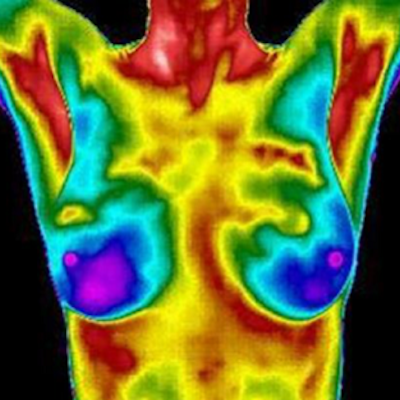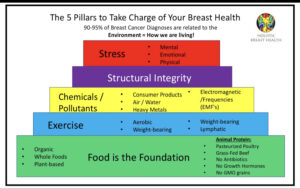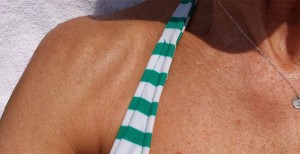As Breast Cancer Awareness month draws to a close, women who want more proactive, preventive information may feel overwhelmed and annoyed with all the pink commercialism. The color pink and the “pink ribbon” adorning products and services signifies “sisterhood” in the “fight” against breast cancer, “survivorship” of breast cancer and the never-ending quest to find a “cure” for breast cancer.
The color of femininity is appropriate since mostly females are affected. With breasts defining her femininity, a female is harshly reminded by a breast cancer diagnosis that she is a woman. The bitter reality of her diagnosis is softened by the “pink club” of breast cancer that is portrayed as appealing and alluring with its sophisticated network of products, resources and support.
But all this pink stuff is taking a reactive approach; breast cancer is not inevitable. We can take a proactive approach beginning with every woman forming her own pink club so she does not have to join the “pink club of breast cancer.” She should surround herself with a person or people who supportively remind her that getting in touch with her femininity is one of the most important things she can do to have healthy breasts and decrease her risk of getting breast cancer.
Women have lost touch with their femininity because of the multiple roles they want and need to play in the modern world and the corresponding chronic stress this has created. How has this stress specifically affected her breast health?
As Dr. Bruce Rind, a leading authority on Breast Health, explains:
“When the adrenals are stressed, the increased need for cortisol depletes the progesterone levels used in making cortisol. As more progesterone is shunted or sequestered to make cortisol, less is available to balance off the estrogen.”
In other words, because progesterone is the precursor to cortisol, when cortisol levels increase, progesterone levels decrease. Regardless of a woman’s estrogen level, this contributes to an imbalance called Estrogen Dominance which increases a woman’s risk of getting breast cancer.
So when we see the color pink, let’s be reminded to get in better touch with our feminine side by reducing and managing stress. Don’t miss the opportunity for a date night with your partner, take the time for a warm bath (add Epsom Salts for detoxifying), get that massage or facial, delegate work when you can, say “no” to additional tasks and projects and choose members of your personal pink club who support and encourage you in your efforts to pamper yourself. Taking time to do whatever helps you relax improves hormonal balance and reduces your risk of getting breast cancer.
Combined with staying “in the pink” by having good health, “acting more pink” will hopefully keep you out of the “pink club of breast cancer” that women don’t have to join.




